STUNTWOMEN: THE UNTOLD HOLLYWOOD STORY is about exactly that: a documentary that highlights the careers and achievements of the women who, throughout the years, risked life and limb to bring some of the most exciting action sequences in movie history to the silver screen. Directed by April Wright (Going Attractions: The Definitive Story of the Movie Palace) and narrated by Michelle Rodriguez, STUNTWOMEN goes behind-the-scenes of some of the coolest female-driven stunts the movies have ever seen (the awesome helicopter rescue from TRUE LIES, for example). It boasts interviews with some of the best in the business – from past and present – and features conversations with famed directors like Paul Verhoeven and Paul Feig.
We recently had a chance to talk STUNTWOMEN with director April Wright and got into how the movie was made, some of April's favorite moments from the documentary, whether or not there should be an Oscar category for stunt performers, CGI stunts vs. practical stunts, and much more!
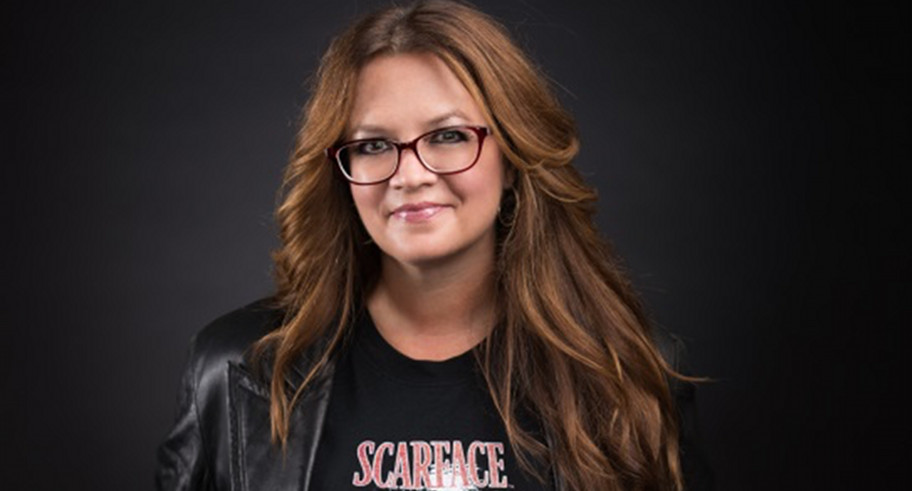
How did you come to make a documentary about stunt women?
The documentary is based on a book of the same title written by a woman named Molly Gregory, so she had done all the preliminary research. I knew the producer Marion Rosenberg, who had optioned the book, and she knew I had done a couple other documentaries that had aspects of Hollywood history; I did one about movie houses and one about drive-ins. Just a few weeks prior to that, I had met Amy Johnston, who is a stuntwoman who appears in the film, and also a D.P. who is known for doing documentaries named Svetlana Cvetko, she had done Inside Job which won the Oscar. So I kind of had this team and we were saying we wanted to work on something, and then the book came along and everything just came together, and then we had to figure out how to make the book come alive. Also, the book stopped around 2007, so I had to bring it into the present day and include all of the best stuntwomen who are working right now. The going-in process was, I didn't want to make just a history documentary – we had to include the history of course – but I wanted to make an action documentary. So I really wanted to shoot the drift car racing and the high falls and a fire burn and all that stuff. It really was super fun to shoot it and do all those things.
When approximately did you first start working on it?
I think, if I'm not mistaken, about three years ago is when we started shooting. And then all of the editing of course, like with many documentaries, took a long time. We had so much fantastic footage we could have probably made three or four films out of it, so a lot of stuff didn't make it into the final cut of the film. But it was really great, you could tell by watching it all of these women are so amazing that once you get some stuntwomen in the room, cool things are going to start happening.
I love the aspect of it where you bring together the older generation and the newer generation. Stunts seem so much more elaborate nowadays, but they were doing really crazy stuff years and years ago. I mean, like, a hundred years ago! It's fun seeing that old footage, because it's hard to believe the stunts are real and that they're being performed by women.
Yeah, exactly, that was a very cool part. For that sequence, we went to the Chinese Theater in Hollywood, and we had Ben Mankiewicz the film historian, and it was cool, nobody had really seen that footage. There are questions that come up today about whether women can do certain stunts, and you look at that footage from a hundred years ago and they were doing it. They were riding, they were directing, they were jumping on and off moving trains.
You have some cool people involved in the film: Michelle Rodriguez is narrating, and you have all these great stuntwomen, and directors like Paul Verhoeven and Paul Feig. Was it difficult getting all of these people involved?
Only slightly from a scheduling perspective, but not really. Everybody in the film, this is a topic they're passionate about, so it was great to get all of those different people involved, and I did work hard to assemble diverse points of view so that we would cover the topic really thoroughly. So I did want to have some directors who were known for shooting action, and Paul Verhoeven did action films in the years when there weren't second units, and a lot of the big films now the primary director isn't involved with shooting the action sequences. All of the films Paul made, he was there with the stunt coordinator shooting all of that stuff, so he was a great perspective. Paul Feig has obviously made so much great female-driven content, so he works with a lot of stuntwomen also, he's usually an advocate for them. And Michelle Rodriguez got involved because she's been very vocal about making sure stunt people get their props and are recognized, she gets upset when there are actors who claim they did their own stunts. This didn't end up in the film, but she's like, "Why would you take credit for something someone else is risking their life to do to make you look good?" She's very passionate about it.
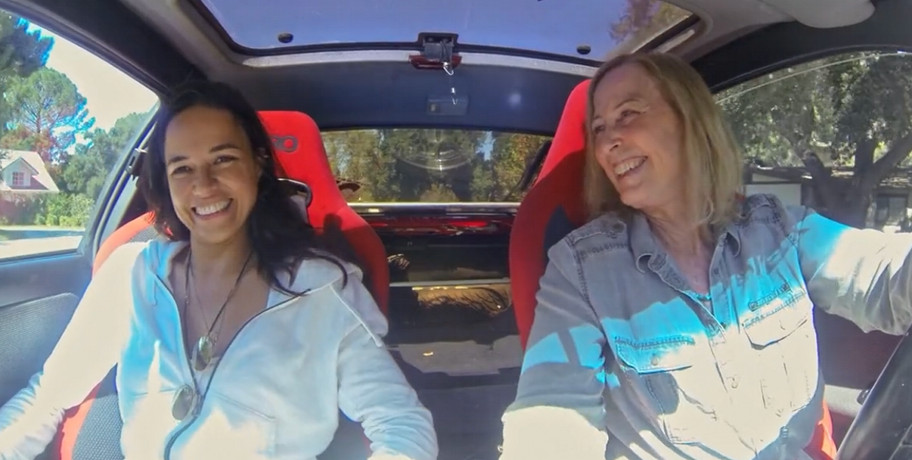
Is there any one story or anecdote in the film that sticks out to you as being particularly memorable?
I don't have a favorite, that's like asking someone to pick their favorite child, but they're all interesting. I really loved the True Lies sequence, when Donna Keegan is talking about that, because I've seen that movie so many times, with Jamie Lee Curtis being pulled out of the limousine by the helicopter, and hearing her perspective about how that stunt felt and how she performed it was really a great one.
That seemed like a transcendent experience for her, when she was hanging out of the helicopter.
Totally, it really was, it was spiritual for her. And I think a lot of these are for the stunt people. I think for a lot of them, they might experience an out-of-body experience.
How many stuntwomen did you interview overall?
The only person who ended up somewhat on the cutting room floor was Zoe Bell. We did shoot something live with her that she was actually directing, but it wasn't a film so it didn't make the final cut. Obviously, I couldn't show all the great stunt people, there are so many that didn't make it in the film. But what I tried to do was show different ages, different backgrounds, different specialties, so that even if everyone couldn't be in the film, we could show the different perspectives and points of view.

It definitely lends legitimacy to the argument that stunts should have its own Oscar category. It seems like every other organization has one except the Oscars.
Yeah, that's a huge push right now.The Emmys, SAG awards have them, Oscars do not, but hopefully this film will help shed light on the process, because they're the Academy of Arts and Sciences, and it truly is an art and a science the way that these stunts are designed and choreographed and rehearsed. The stunt performers who are on the top of their game should be getting Oscars for what they do; they're the same as a hair and make-up person at the top of their game, or a sound designer at the top of their game.
It's encouraging that CGI hasn't replaced the stunt performer. I was talking to a make-up designer last week about how when CGI really blew up, he might have been out of a job eventually, but make-up and prosthetics are still used and are still in high demand. It's the same with stunt performers, where you think you could replace them with CGI characters, but it's not the same. You can always tell, and it's great to still have real people doing them.
That's a topic we did a lot of interviews about, and it didn't really make it into the film – we show a little bit of green screen and pre-viz – but we could have had an entire section on that topic. But what it boils down to is, the audience can still tell if something is a person or if something is CG, there's something subtle about the movement that we detect. When we're watching something, we don't feel a sense of jeopardy when it's pure CG, we're detached because it's not a real person, but if we know a real person is doing it, we feel it emotionally, we feel that sense of jeopardy for whatever situation they're in.
It's great that Shout! Factory is putting this out; they're a great distributor so that has to feel good.
Yeah, they've been the perfect partner for this film. They understand it and they believe in it and we've had such a great response. As soon as we dropped the trailer a few weeks ago, people were like, "Wow, this is something I want to see." So hopefully we're going to get the word out there, so that on September 22nd, everyone wants to see the Stuntwoman. [Laughs]
Definitely. Thank you for your time and good luck on the film.
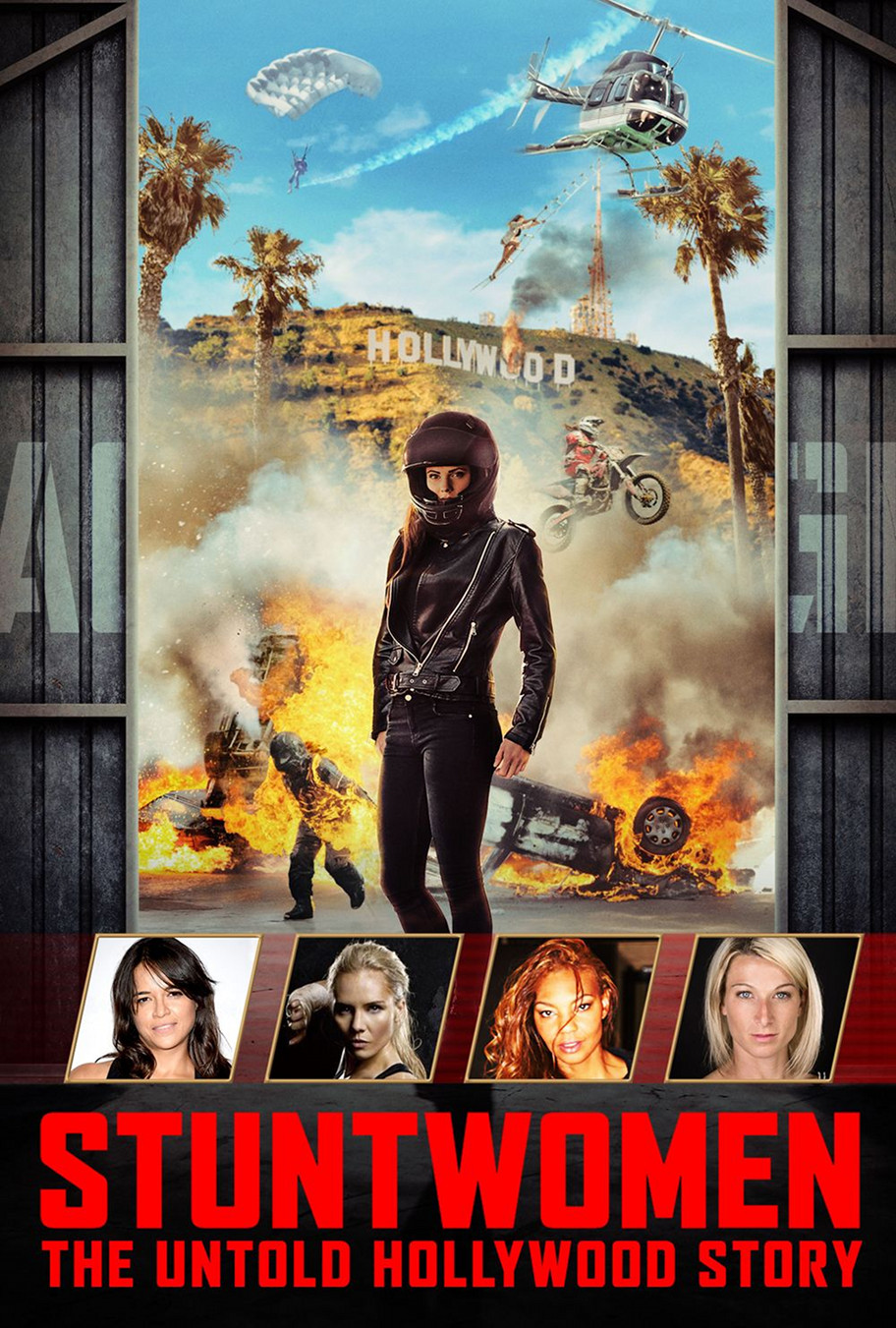



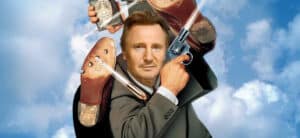

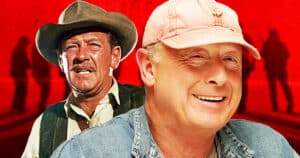
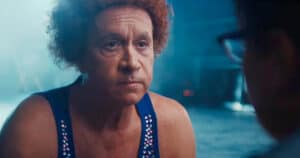
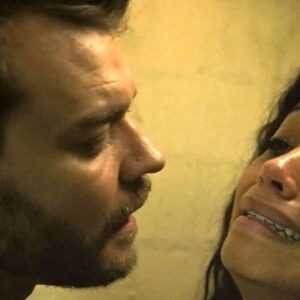
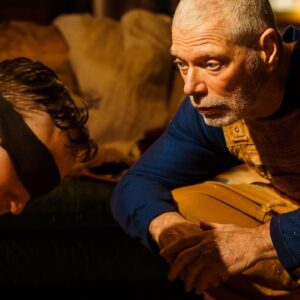

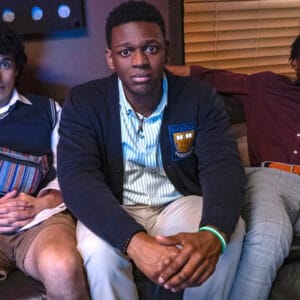
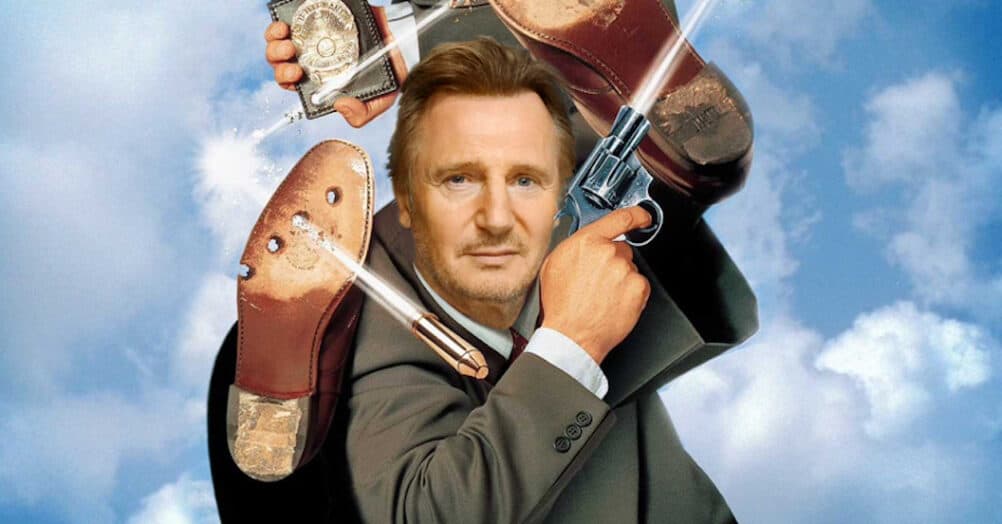
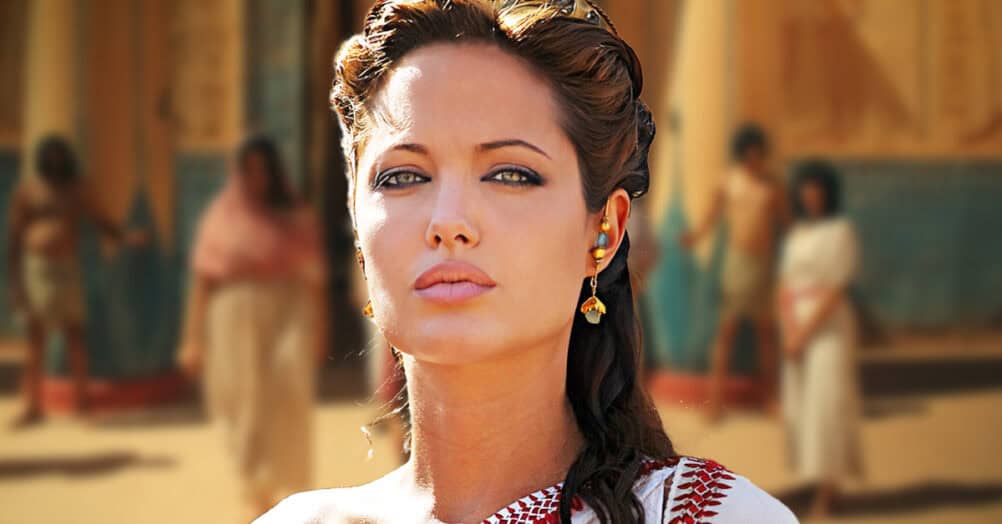
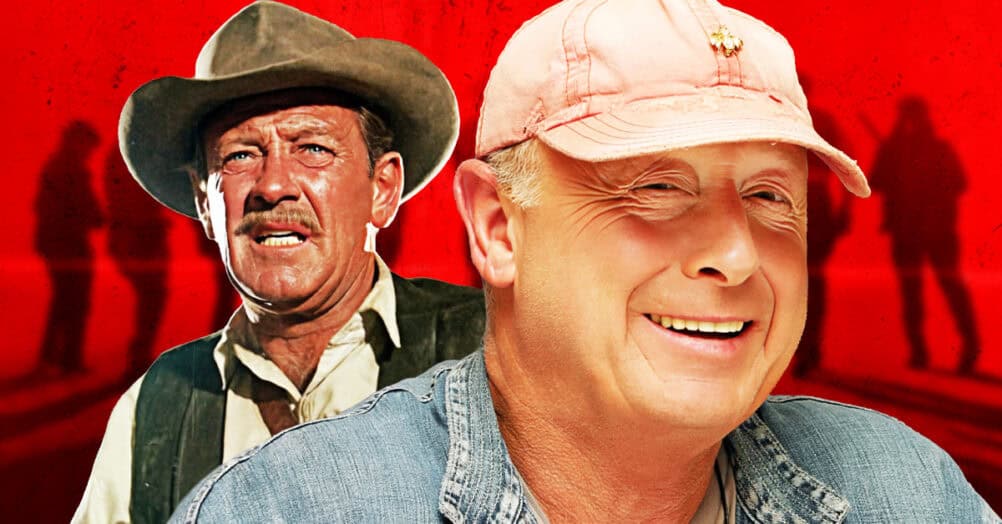

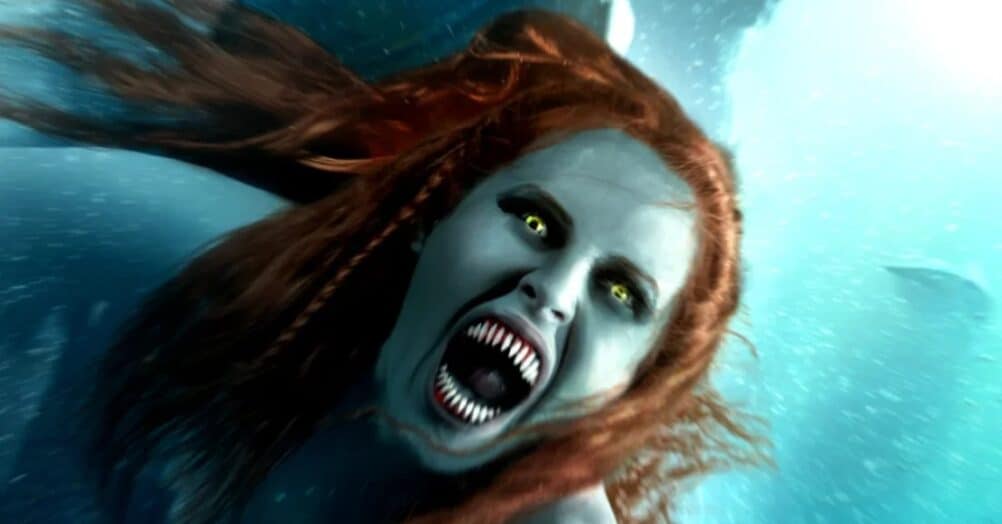
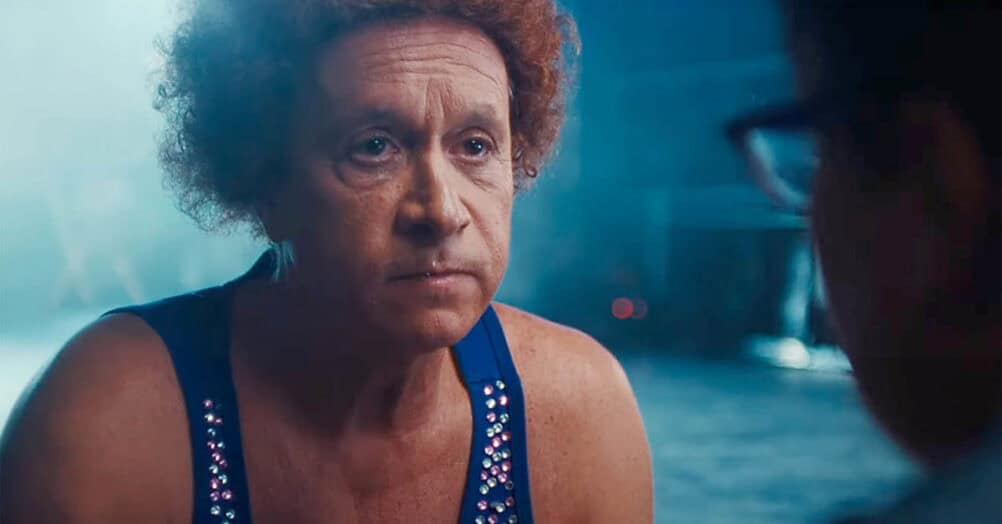
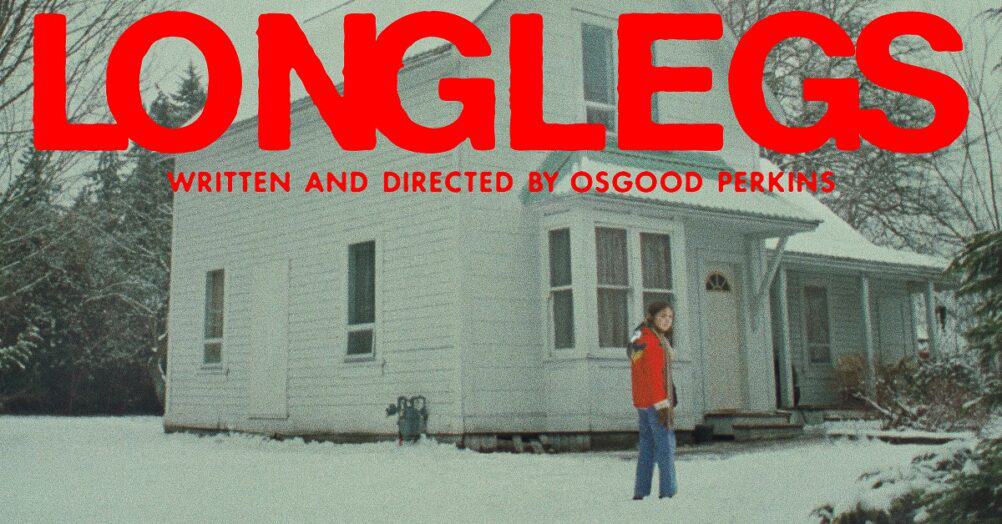
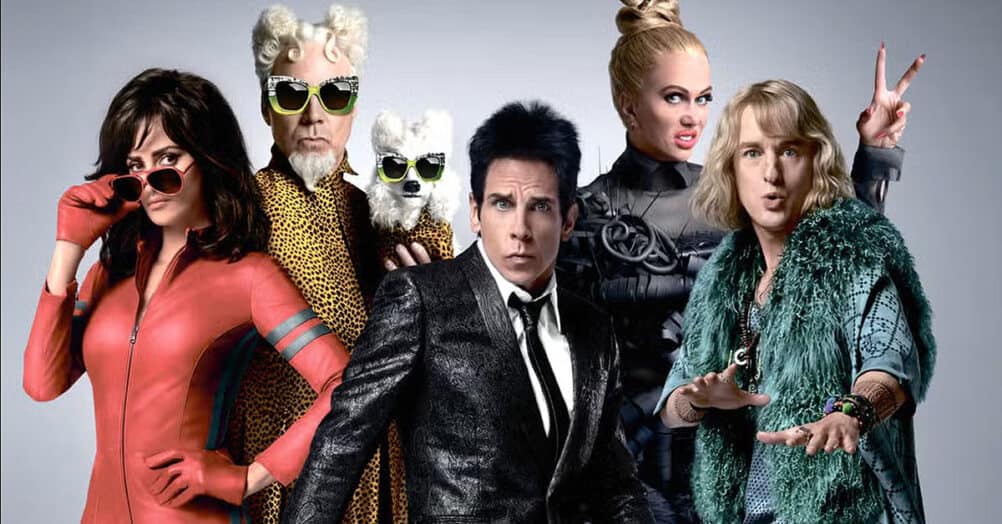
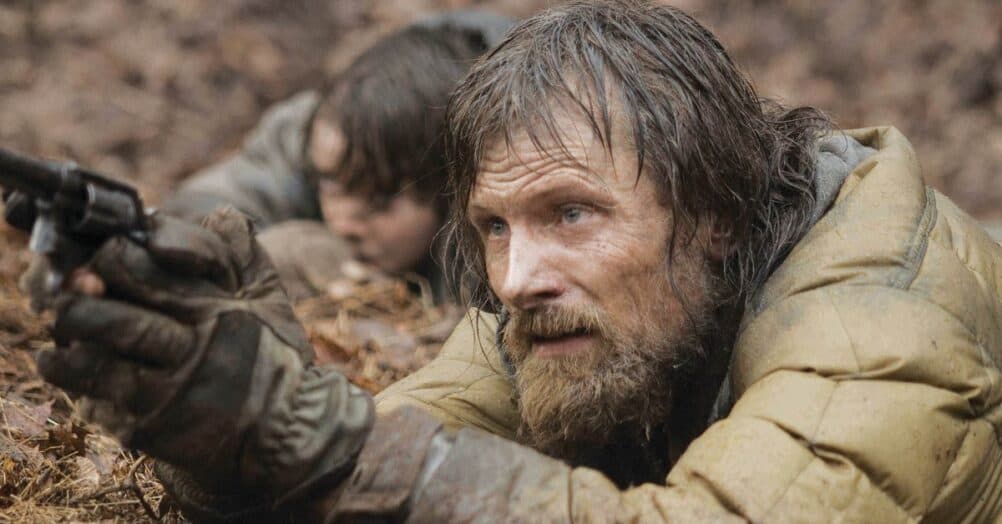

Follow the JOBLO MOVIE NETWORK
Follow us on YOUTUBE
Follow ARROW IN THE HEAD
Follow AITH on YOUTUBE